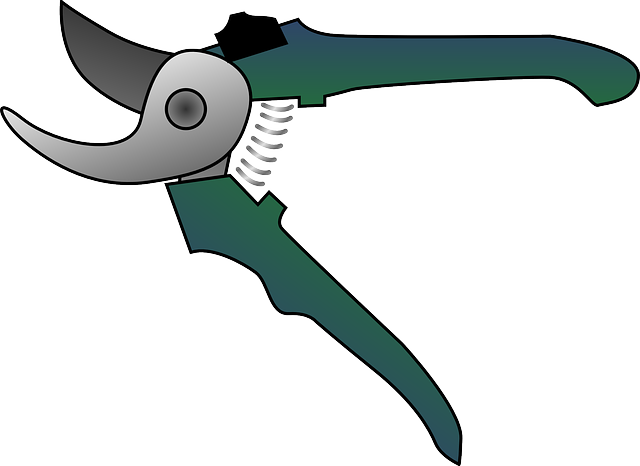Pruning fruiting trees: ever wonder where to start?
Spring brings a sense of renewal and with it we all get serious about our to-do list. If you have an orchard, number one on that list might be pruning --- but wait: timing and results are closely related!
Pruning annually or even bi-annually will help you shape your tree for optimal fruit production and a strong tree structure. But how do you know what method to choose and when do you do what?
First choice you have to make about pruning:
Do I want as much fruit as possible this coming year or do I need to shape aggressively because I want to have the healthiest, most vigorous fruiting tree for the next 10 years, even though it means I won't have much fruit for this season?
If your trees are floppy because you're behind on pruning, you may be wiser to go ahead and shape now (fall / winter / spring) even though it means you won't get as much fruit this coming summer.
But anything you just got from us has likely already been pruned properly, so you're doing maintenance work as follows:

ever wonder where to start?
PRUNING 101
Temperate Fruits:
When To Prune What
Since our peaches, plums and nectarines typically fruit in May, maybe June, you want to prune by middle to the end of June at the latest. If you prune during dormancy, you won't get as much fruit in the spring. But if you have to rescue a really floppy tree, then you have to prune when you learn about it, and know that you won't have much fruit if it's a winter pruning.
Better late than never.
Our apples typically fruit in June, maybe July, so pruning them about July 15th is a good target date.
Loquat trees sometimes need a bit of shaping to get them to grow symmetrical and densely. Being an evergreen, it seems they do well with pruning almost anytime, right up until about 2-3 months before they bloom. So since we expect blooms by mid-Dec, I suggest not pruning after late September and until after you've picked the fruits.
The only trees that we wait to prune until dormant (in FL) would be temperate fruits like pears and persimmons. This is because the blossoms and fruit form on the new spring growth, unlike the prunus family of fruits (peaches, nectarines, plums) that form blossoms on last year's growth.
Mulberries are so fast growing that we prune almost year around, except within 3 months of fruiting.
More About Pruning Peaches, Nectarines & Plums
For very small starter trees that are not expected to produce fruit the following year because they are too small, i.e. under a 1" trunk diameter, then yes we do both winter pruning and summer pruning. Prune them back to within 10" of the previous cut.
For slightly larger trees (i.e. less than 4-5" trunks, but more than 1" trunks, so they are producing fruit), we generally don't do winter pruning as that cuts off all the branches where you will get fruit. Instead prune right after you pick the harvest --- usually pick in May, prune by early June. That way you have 4 months of growing time before winter to get enough growth to have plenty of fruit the following year. For summer pruning, we prune each branch back to only 10" from the previous cut.
Once your tree has at least a 4" trunk, then it makes sense to prune at both times, summer pruning and winter pruning to help shape the tree further and keep from having branches break under the weight of the fruit.

Tropical Fruiting Trees And Citrus
Tropicals like avocados and mangoes follow the same rule of thumb for timing and placement of cuts. However, we only prune avocados and mangoes to shape the trees to our desire, not to increase fruit yield. Those trees will produce much fruit without needing to prune.
Same thing with citrus: no need to prune to increase yield, only if the trees are floppy and need shaping. And you prune right after the season of the fruit or you hurt the next crop.
Interesting nuance about pruning citrus: the smaller the tree, the tighter we make the cuts. For example, if you're working with a new 10g tree with "leggy" top growth: prune those branches short, like maybe only 6-8" long. But if your tree is already a 30g size, maybe 6-7' tall, you might prune that same "leggy" top growth to more like 8-9" in length to open it up more.
Now, all of the above applies to a fruiting age tree
If you are shaping a young first year tree, then pruning both in dormancy and in the summer will make sense. Two prunings a year will encourage faster branching and achieve the framework for a bearing tree much sooner.
And remember, if you're only a little late in the summer getting to the pruning project, it's not a doomsday proposition. In Florida's warm, sub-tropical climate, trees keep growing well into November, so there's plenty of months yet for them to produce long branches on which to have fruit next year.

What if you notice dead twigs and it's not time to prune yet?
Dead twigs and branches can be nipped out of the tree at absolutely any time of the season. There's no rules on that one other than tidy it up!
